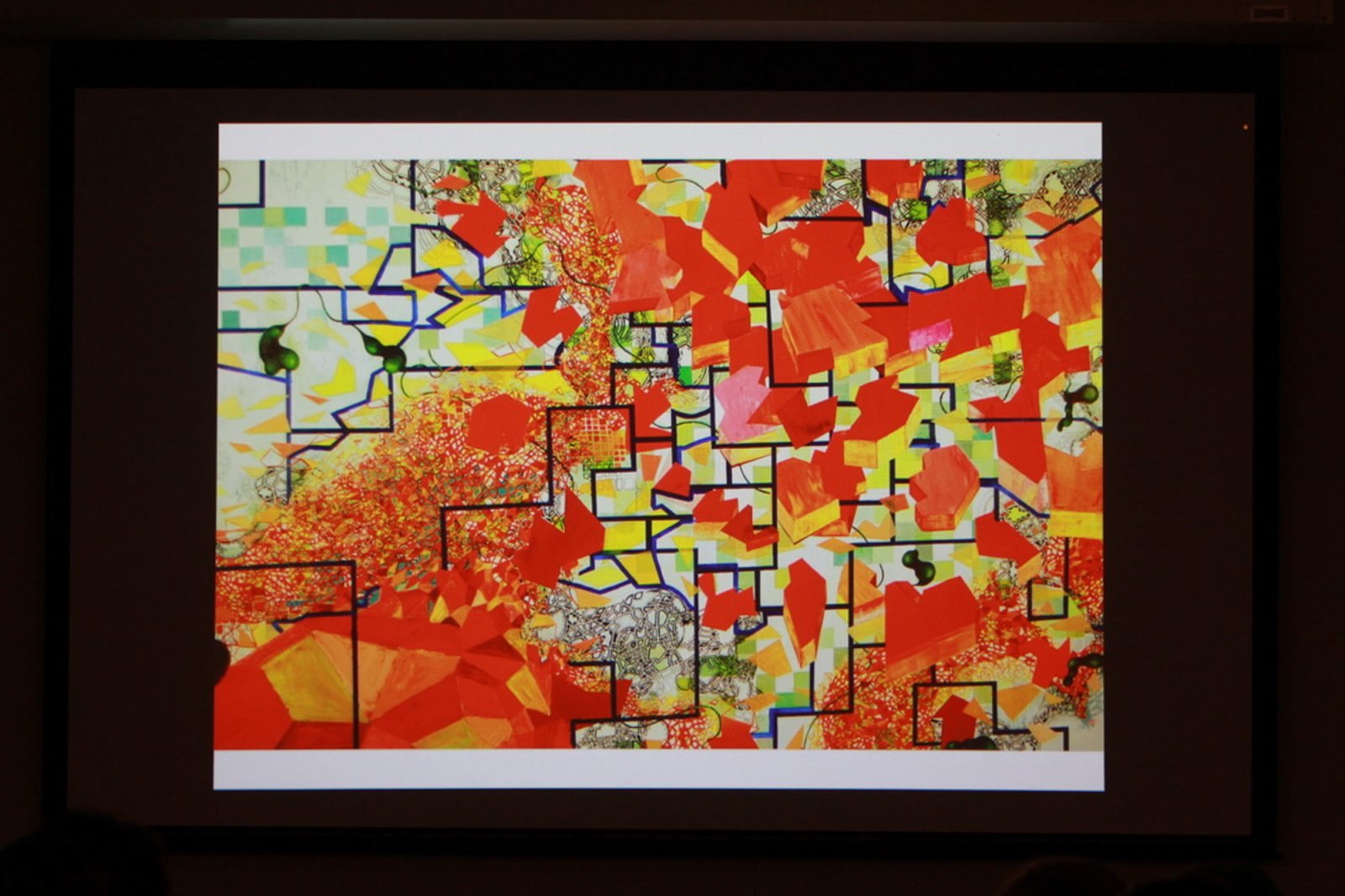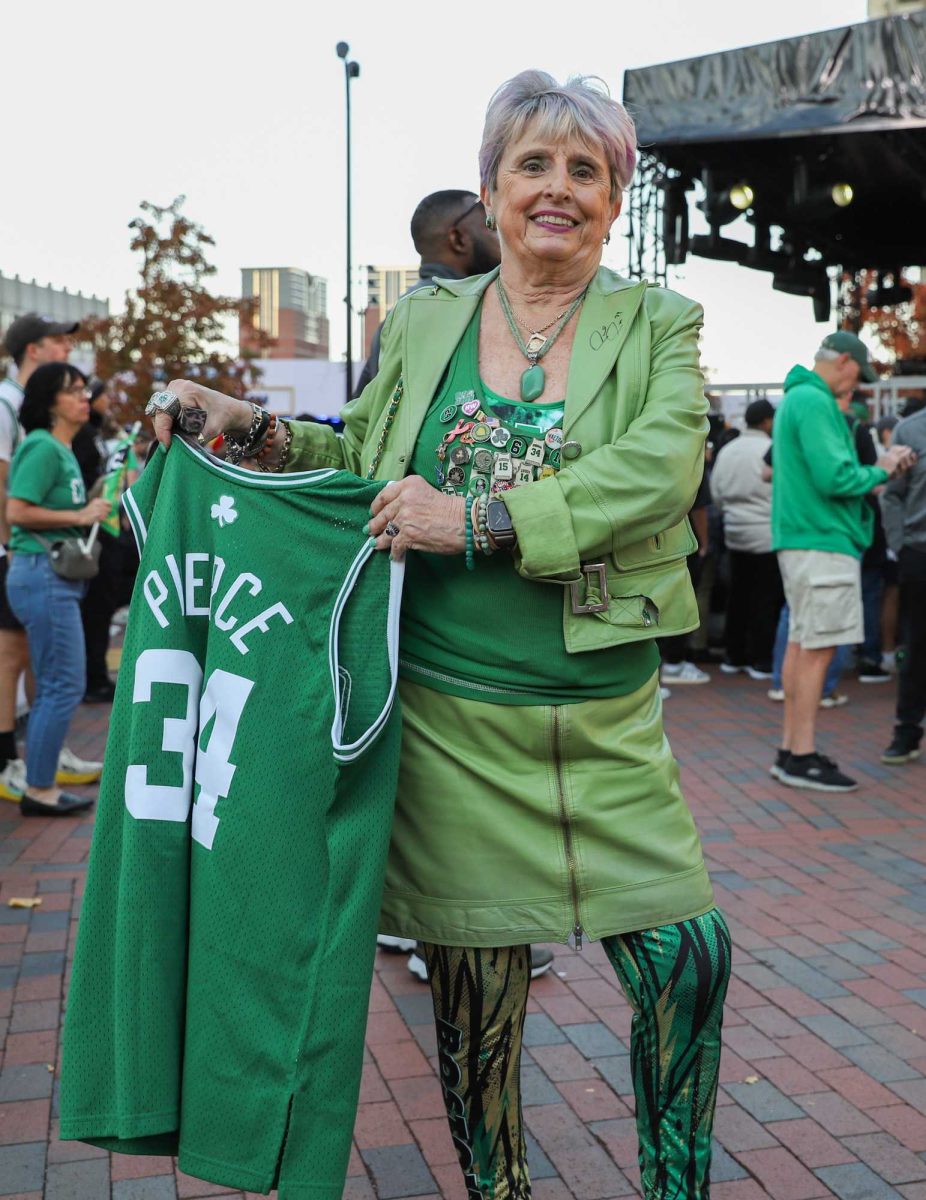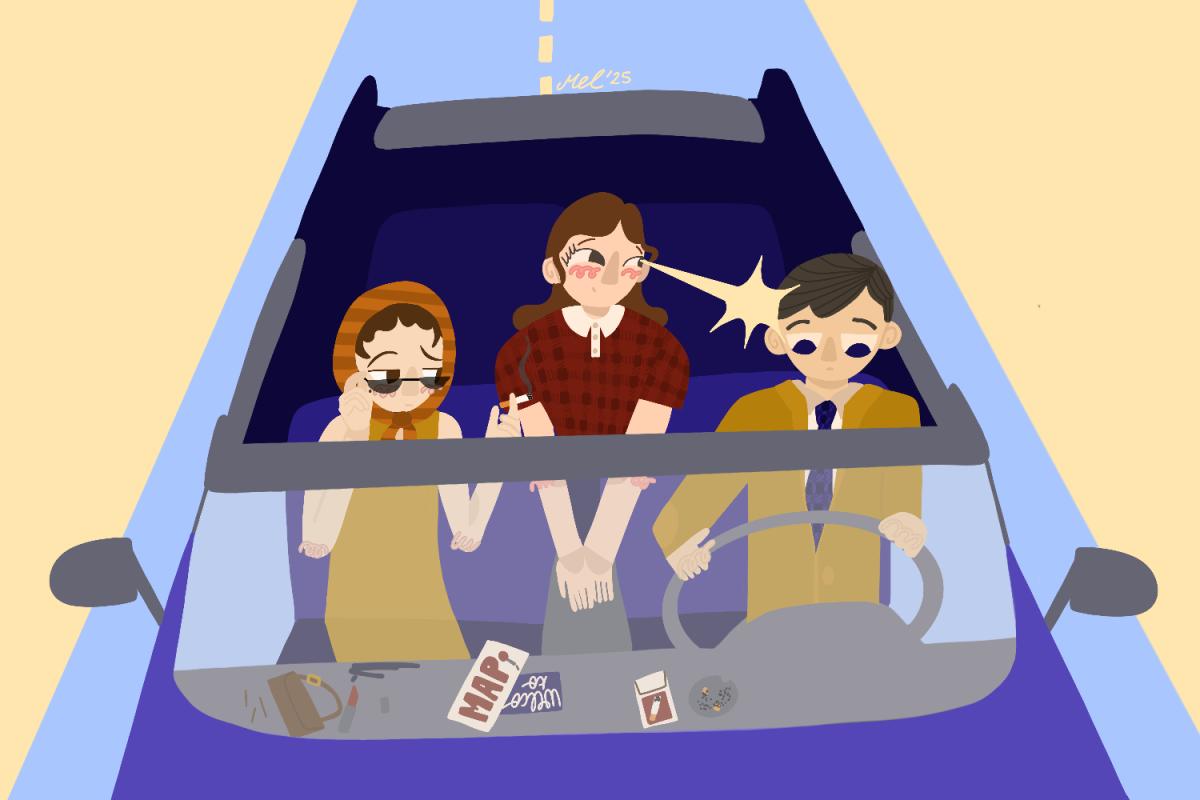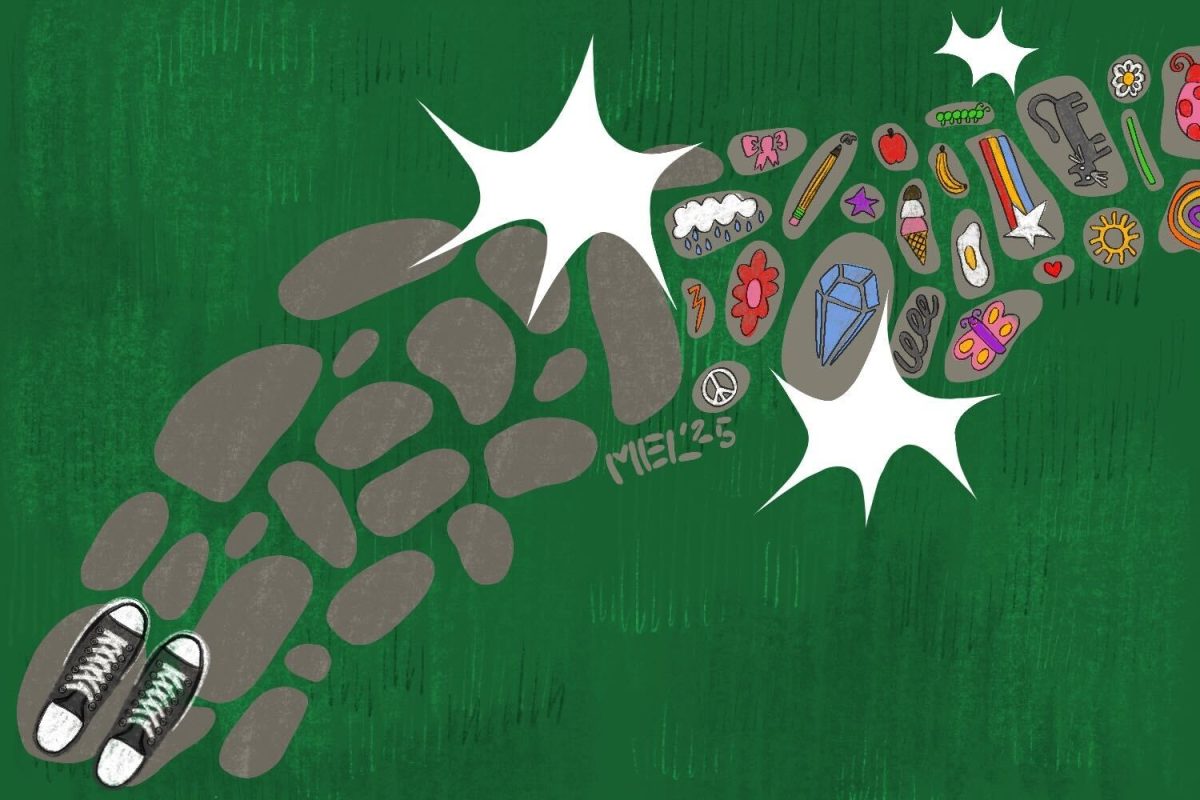Smatterings of colorful amorphous shapes rest on top of strict and rigid boxes, breaking out of their confines like rainbow fishes’ scales spilling out of a fishing net. When describing Lisa Corinne Davis’ pieces, like with all truly unique things, words fail.
On Tuesday, The Boston University College of Fine Arts invited Lisa Corinne Davis, abstract painter, professor and co-director of the MFA program at Hunter College, to present her work at their Tuesday Night Lecture Series.

Davis’ art is focused on the optics of racial, social and psychological identifiers, displaying through her art how people can’t be simply codified by just these traits. Her pieces have been on display at The Museum of Modern Art, The J. Paul Getty Museum, Philadelphia Museum of Art and the Victoria and Albert Museum.
The Tuesday Night Lecture Series, which began in 2016 and is open to the public, has been a staple for BU’s CFA. Through this program, MFA students receive both hands-on guidance from established artists and a glimpse into the artists’ personal processes.
Davis began the lecture by walking the audience through her sprawling career as a painter, beginning with her very first piece, a landscape painting she made in second grade. She used this piece and a Sandro Botticelli painting, “Three Miracles of Saint Zenobius,” to show the common systems of perspective and subjects.
However, as an abstract artist, Davis said she decided to do away with the traditional usage of perspective. Through her long repertoire of abstract paintings, there is a visual throughline of both grids and asymmetry.
James Gold, a second-year student in the MFA painting program, said he was fascinated by seeing how Davis worked “behind the scenes.”
“I thought it was interesting to see the process photos, and she showed us her studio as well,” Gold said. “I really liked the behind the scenes and a lot of the artists we’ve had are wary of showing us process photos.”

Daisy Li, a second-year MFA student focusing on painting, said the Tuesday Night Lecture Series helps her find role models.
“As a student, looking at someone who has been doing it for years makes you be like, ‘Oh, I can do this as well,’” Li said.
One thing Davis is not abstract about is her goal and purpose.
“People can’t be slotted into categories with a sense that that will make you know who they are or understand them,” she said.
The themes of racial and social pigeonholing are displayed in the visual metaphor of overlapping shapes over grids that attempt to order and confine the distinct shapes on the canvas.
While a writer may try to distill the social and political undercurrents of their time into the subtext of their piece, Davis and other abstract painters have the unique challenge of creating pieces that cannot be summed up in writing.
“We’re dominated by words, but we really have to make it a visual experience,” Davis said. “If it’s truly a visual experience, then words will fail you.”



















































































































